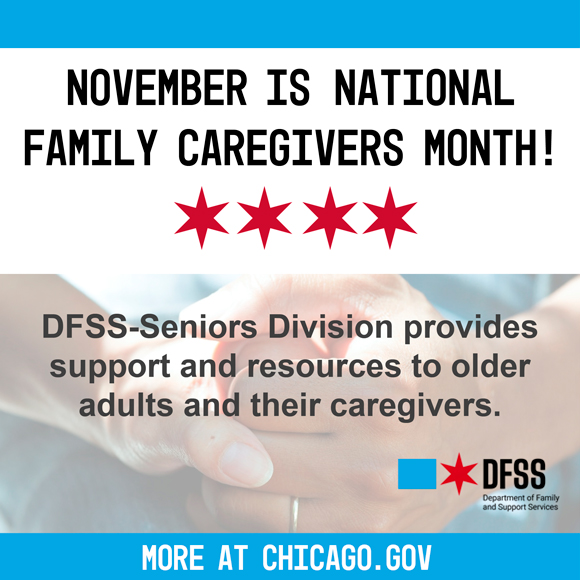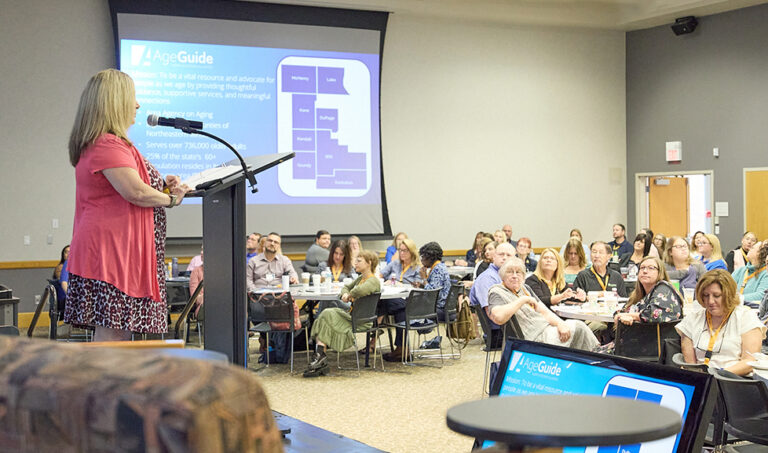
Rebecca is an experienced registered dietitian, freelance writer, and yoga teacher who loves to read, hike, and tend her garden.
Certain places on the planet have a higher concentration of centenarians. Here’s what researchers know about them.
Fact checked by Shannon Sparks
Italian longevity researchers in the 1990s discovered something remarkable: A mountainous province on the island of Sardinia had an unusually high number of people over 100.
As researchers marked each centenarian’s location on a map with a blue dot, clusters began to emerge. They called these regions “blue zones” — places where people not only lived longer, but also stayed healthier well into their later years.
Decades later, the term has reshaped how scientists and caregivers think about aging and longevity.
“Blue zones are unique parts of the world where people frequently live to 100 — and do so with vitality,” says Kris Lonsway, PhD, an organizational psychologist, leadership and life coach, and founder of OptWell, a nonprofit that promotes wellness in Chicago’s western suburbs.
Researchers identified five original blue zones in the early 2000s:
- Ikaria, Greece
- Loma Linda, California
- Nicoya, Costa Rica
- Okinawa, Japan
- Sardinia, Italy
These communities have undergone extensive studies to understand what contributes to their extraordinary longevity.
“Some people live significantly longer than average,” says S. Jay Olshansky, PhD, an epidemiologist at the University of Illinois Chicago. “There may be attributes of these individuals — whether genetic or environmental or some combination — that inform us how this might be accomplished.”
While genetics play a role — research shows they account for approximately 25% of one’s lifespan — lifestyle, environment, and socioeconomic factors have a far greater influence.
“No one is capable of living well beyond average without having won the genetic lottery at birth,” Olshansky says. Still, he and other experts say that most people have more control over how well they age than they might think.
Blue zones offer strong evidence for the power of daily habits in shaping health outcomes.
Residents in the blue zones tend to remain active, socially connected, and remarkably healthy well into old age, with significantly lower rates of chronic illness than seen in most populations,” Lonsway says.
While each blue zone has its unique culture and customs, they share a few core characteristics.
1. Movement built into daily life
Centenarians in these regions don’t follow rigid workout routines. Instead, physical activity is naturally integrated into their lives: walking to visit neighbors, tending gardens, or caring for their communities. Movement is woven into the rhythm of the day, even in old age.
2. Mostly plant-based diets
While traditional dishes vary in each location, most blue-zone diets are rich in whole fruits and vegetables, whole grains, plenty of beans and legumes, and healthy fats like olive oil and nuts. People eat meat sparingly — typically just a few times a month. “Research consistently supports dietary patterns that are mostly plant-based, nutrient-dense, and minimally processed,” Lonsway says.
3. Deep social connection
Loneliness and isolation can be as detrimental to health as smoking. In contrast, blue-zone cultures connect older adults closely to family, friends, and the wider community. Purpose and belonging are central to everyday life.
Natural movement, healthy eating, and strong relationships offer practical insights for anyone looking to age well.
“Eating well, regular exercise and movement, stress management, quality sleep, and timely healthcare all play essential roles in how well we age,” Lonsway says.
Olshansky agrees, offering these science-based strategies for healthy aging:
- Avoid known risks like smoking and prolonged inactivity
- See healthcare providers regularly to catch issues early
- Exercise throughout life
- Embrace moderation
- Fuel your body with high-quality, nutrient-rich food
- Maintain social connections
Of course, adopting blue-zone habits in the U.S. comes with challenges. Physical activity is often optional rather than necessary. Processed and meat-heavy diets are common. Many older adults face social isolation. But, as Lonsway points out, change doesn’t have to be drastic.
“Start with small improvements,” she says. “Incremental changes build momentum and confidence over time.”
Other strategies to make blue-zone principles accessible include:
- Pairing up with a friend, partner, or colleague for mutual motivation
- Asking for and accepting support
- Embracing a mindset of radical acceptance, patience, and self-compassion
Blue zones show what’s possible when lifestyle, environment, and community align to support longevity. The real opportunity lies in adapting these insights to modern life — especially for caregivers and aging adults seeking a healthier, more connected future.













